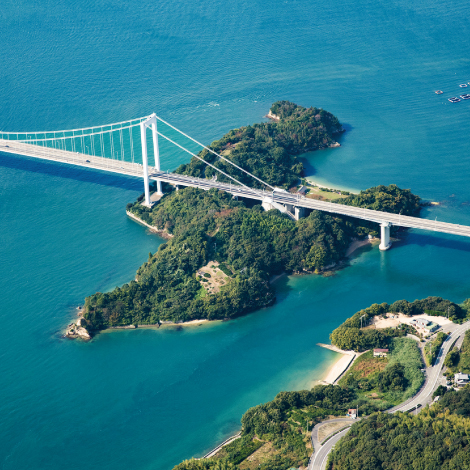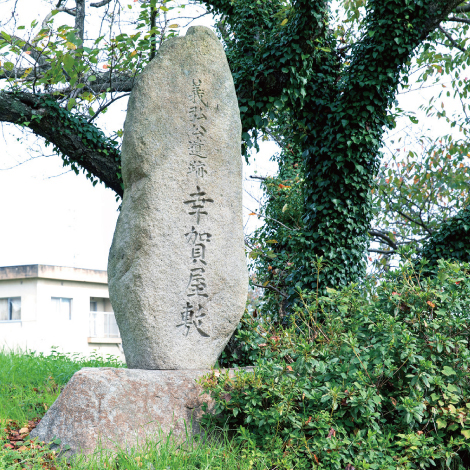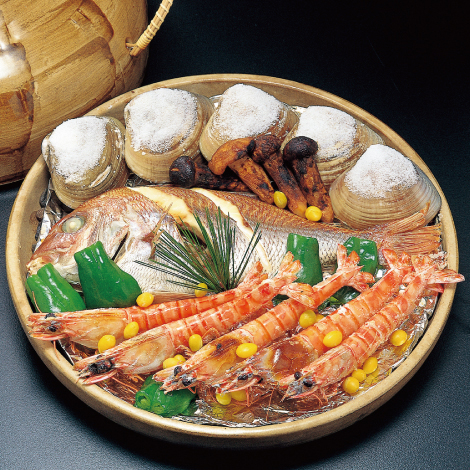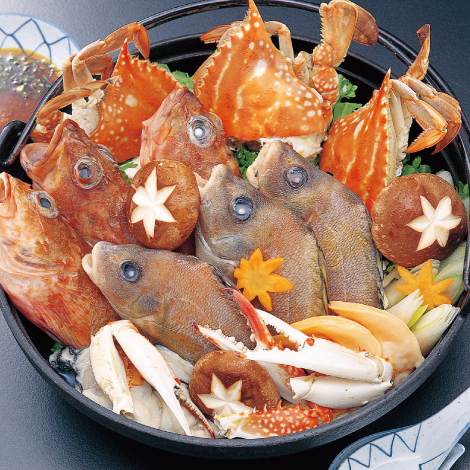Lifestyle
Murakami Kaizoku were also merchants and fishermen active in the Seto Inland Sea.
The Murakami Kaizoku wore other hats in addition to serving as the protectors of maritime safety. They were merchants who used the island chain as a base for shipping. They were men of culture with a taste for the luxuries of incense, tea, and renga poetry. They were also fishermen who harvested the fresh seafood of the Seto Inland Sea. That beginning is still evident today in the local cuisine that makes rich use of that seafood bounty.
Must see attractions




